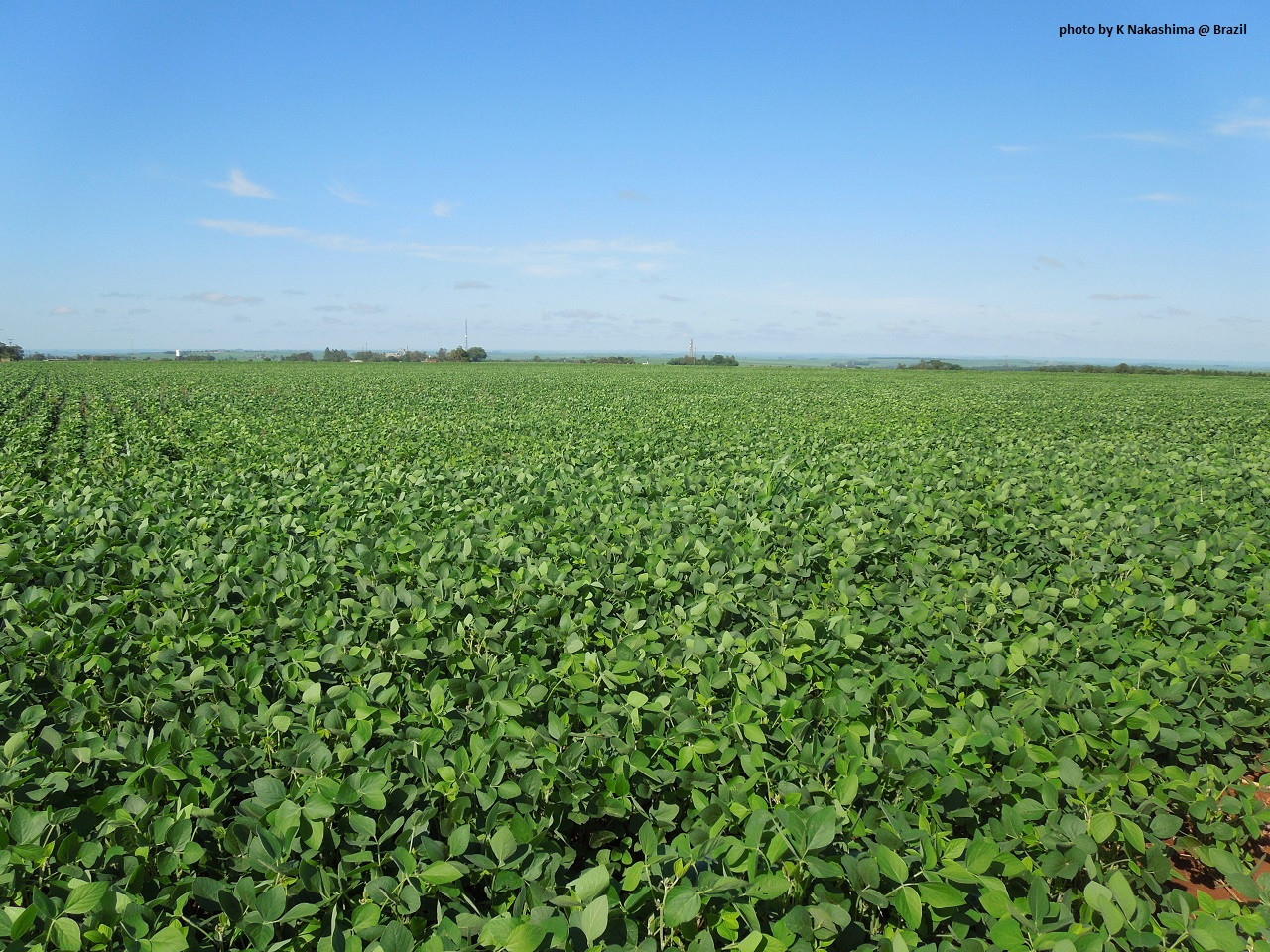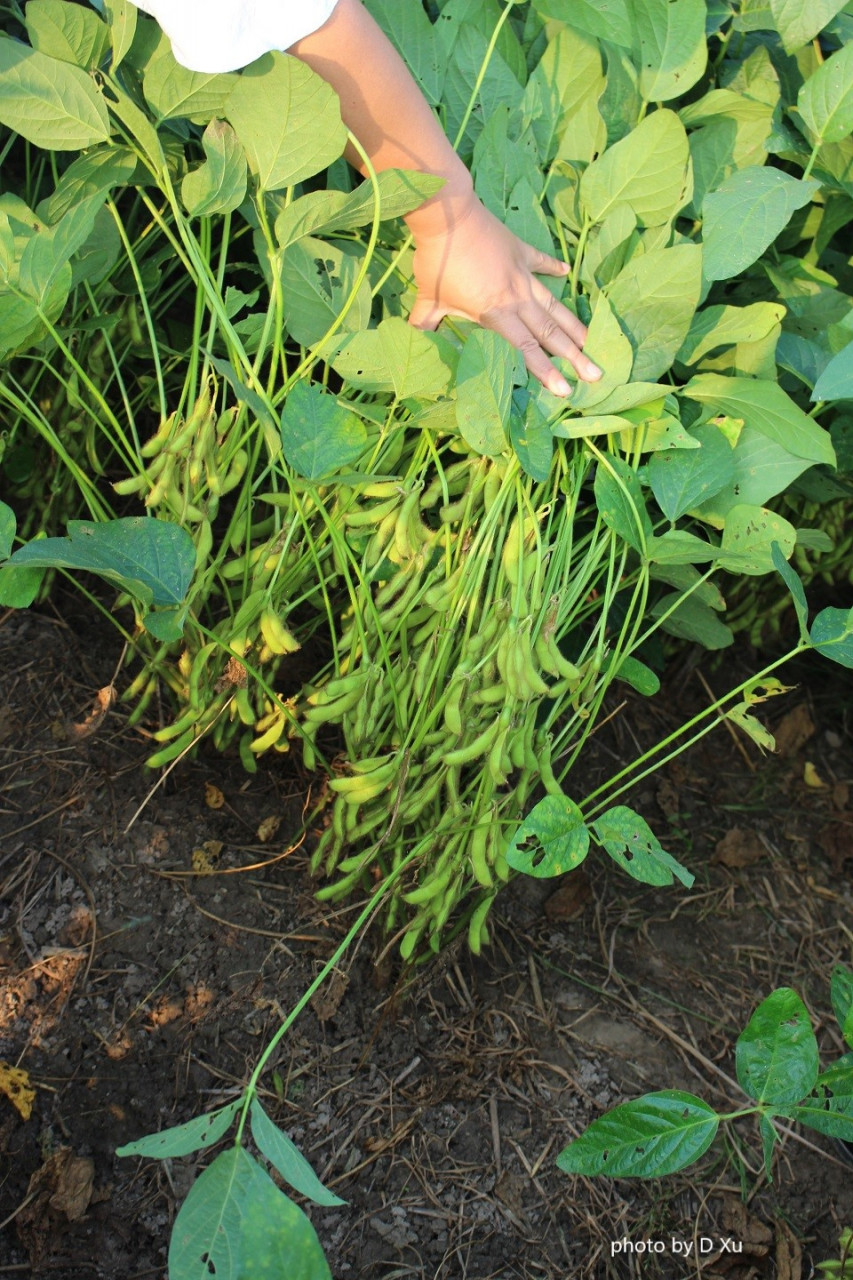Pick Up
471. Research and the Global Spread of Soybean Production

February 3 is "Setsubun", marking the end of winter and beginning of spring. It is a time for bean throwing, and soybeans are often used for this purpose.
Soybeans are familiar food materials to Japanese people, such as natto (fermented soybeans), tofu, miso (soybean paste), soy sauce, edamame (vegetable soybean) etc. In addition to processed foods, soybean is one of the most economically important crops in the world, used as a raw material for cooking oil and as livestock feed due to its rich protein content.
Until the beginning of the 20th century, soybeans were mainly a food crop, limited to East Asia. However, in the 20th century, soybean production spread worldwide as an oilseed and fodder crop, and production expanded rapidly in the second half of the 20th century. About 30% of the world's soybeans are produced in North America (United States and Canada), and more than 50% in three South American countries (Brazil, Argentina and Paraguay).
This expansion of soybean production areas is due to the efforts of agricultural researchers and others to develop varieties and cultivation techniques. For example, in Brazil, which is currently the world's largest producer of soybeans, the results of research on the development of varieties adapted to temperate, subtropical, and tropical regions, overcoming problem soil conditions, and methods for dealing with pests and diseases have played an important role in expanding production.
JIRCAS has also been conducting research related to overseas soybean production for a long time. Where do those soybeans come from? Seventy percent of Japan's soybean imports come from the USA. In order for us to have a stable supply of soybeans, we need to increase our sources and improve productivity in these major producing countries.
Currently, Japan's domestic self-sufficiency rate for soybeans is less than 10%, and stable production in overseas soybean-producing countries is a very important issue that directly affects the lives of the people. JIRCAS aims to contribute to the food security of Japan and the world through the development of breeding materials for the development of new soybean varieties with high yield and suitable for processing, and the development of disease-resistant soybeans in South American countries, where more than half of the world's soybeans are produced.
References
Pick Up 230. Developing Disease Resistant Soybeans
https://www.jircas.go.jp/en/program/program_d/blog/20210210
Pick Up 361. Merits of Controlling the Size and Shape of Soybeans
https://www.jircas.go.jp/en/program/proc/blog/20210616
Contributors: NAKASHIMA Kazuo (Director, Food Program), XU Donghe and YAMANAKA Naoki (Biological Resources and Post-harvest Division), IIYAMA Miyuki (Director, Information Program)

